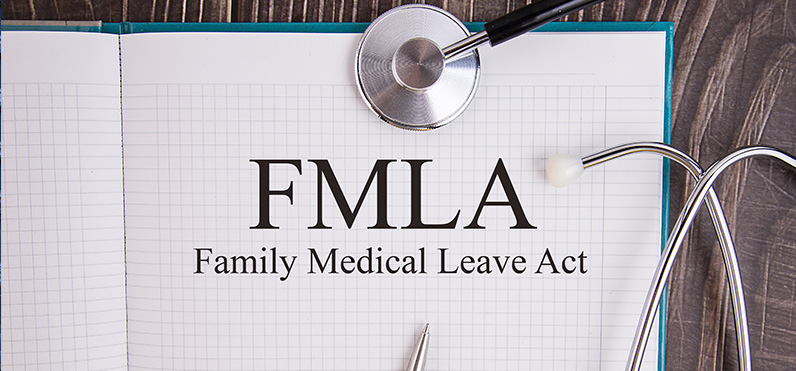As discussed in our March 23, 2020 newsletter, the Family First Coronavirus Response Act (the “Act”) requires employers with fewer than 500 employees to provide emergency paid sick leave and expanded family and medical leave to employees. On March 26, 2020 and March 28, 2020, the U.S. Department of Labor released additional guidance in the form of questions and answers to help employers understand their responsibilities under this legislation. (Click on this link to see a copy of the FFCRA Q&As).
On March 26, 2020 and March 28, 2020, the U.S. Department of Labor released additional guidance in the form of questions and answers to help employers understand their responsibilities under this legislation.
Important topics covered by the FFCRA Q&As include:
The Effective Date of the Act:
The Department of Labor clarified that paid leave provisions are effective as of April 1, 2020, not April 2, 2020, as originally thought.
What it means to be unable to work, including telework for COVID-19 related reasons:
This means the employer has work for the employee and one of the qualifying reasons set forth in the FFCRA prevents the employee from being able to perform that work either at the worksite or by means of telework. The Department of Labor guidance makes clear that if the employee and the employer agree that the employee will work the normal number of hours but on a different schedule, the employee is still able to work, and leave is not necessary unless a COVID-19 reason prevents the employee from performing that work.
Intermittent Leave under the Act:
Intermittent leave is at the discretion of the employer. How it works will differ depending on whether the employee is teleworking or working at the worksite.
• If the employee is teleworking i.e. working remotely: intermittent leave may be taken in any increment agreed to by the employer.
• If the employee is working at the worksite: paid sick leave must be taken in full day increments and must continue to be taken until the employee either (1) uses the full amount of paid sick leave or (2) no longer has a qualified reason for taking paid sick leave. This limit is imposed because the intent is to provide paid sick leave to keep the employee from spreading the virus to others. The exception to this rule is if the employee is taking paid sick leave to care for a child whose school or place of care is closed or whose childcare provider is unavailable because of COVID-19 related reasons. In that case, at the employer’s discretion, paid sick leave may be taken intermittently.
Impact of Furloughs and Business Closures Under the Act:
The Department of Labor clarified that if the employer (a) closes the worksite for lack of business or because it is required to close pursuant to a Federal, State, or local directive or (b) remains open but furloughs the employee because it does not have enough work or business for the employee then the employee is not entitled to paid sick leave or expanded family and medical leave but may be eligible for unemployment insurance benefits.
Documentation for Leave:
The employer must retain documentation of the leave if it intends to claim a tax credit, including: the employee’s name, COVID-19 qualifying reason and appropriate documentation (such as notice of school closure or the name of the healthcare provider who has advised the employee to self-quarantine), dates leave is requested, and acknowledgment that the employee is unable to work for that reason. The employer is directed to consult the IRS applicable forms, instructions, and information for the procedures that must be followed to claim this tax credit.


